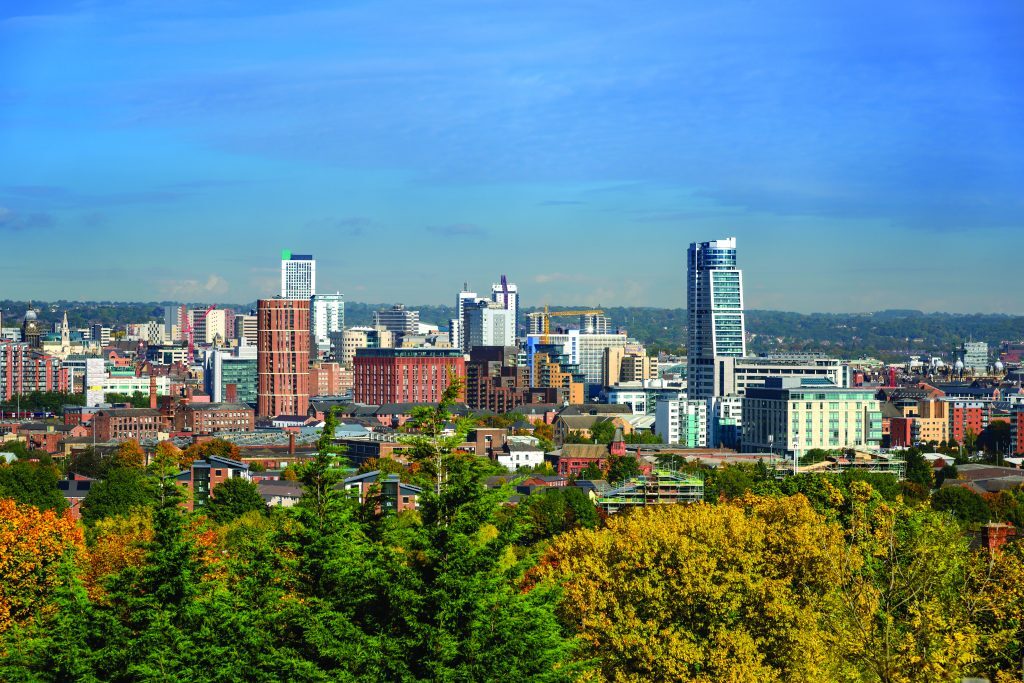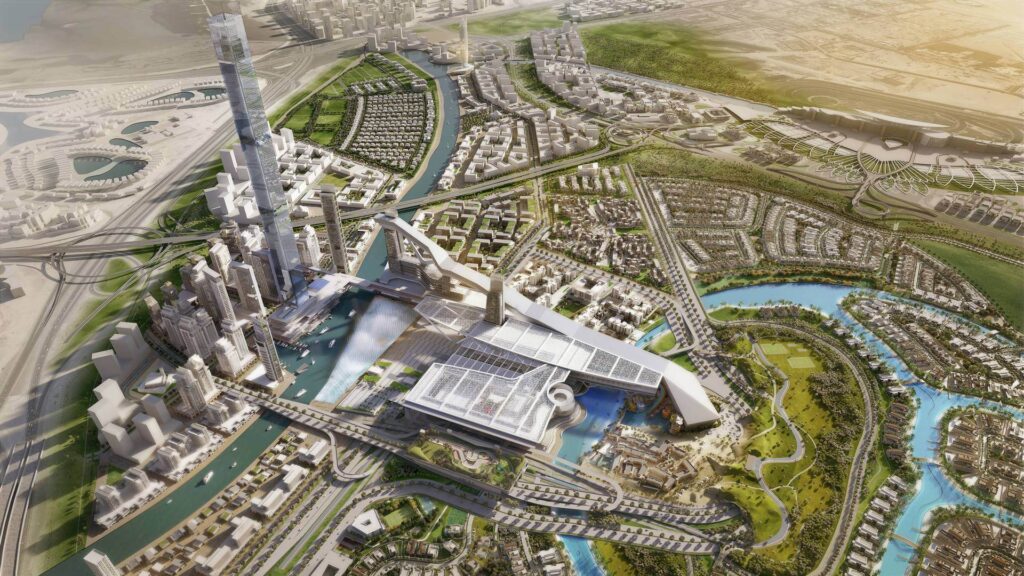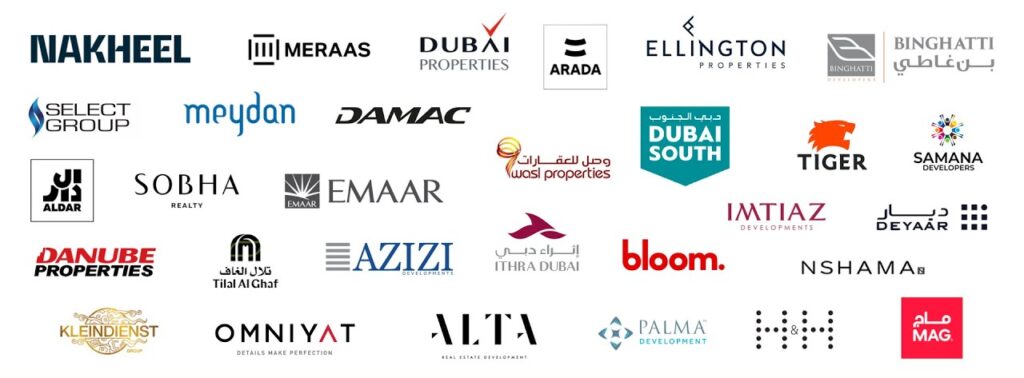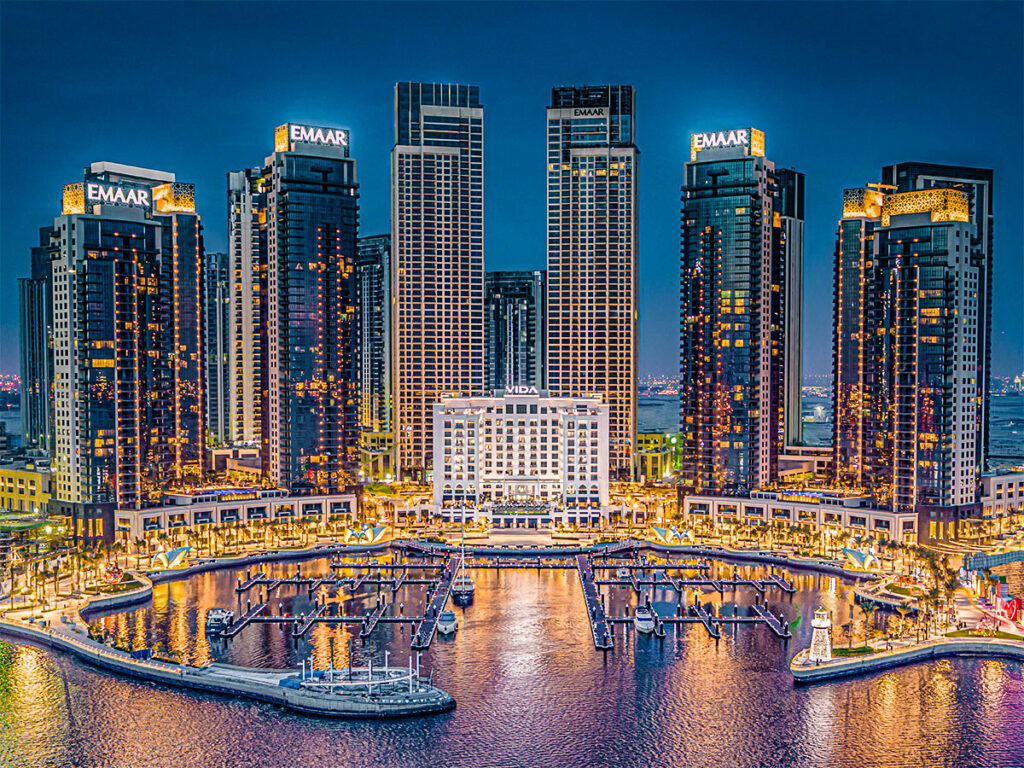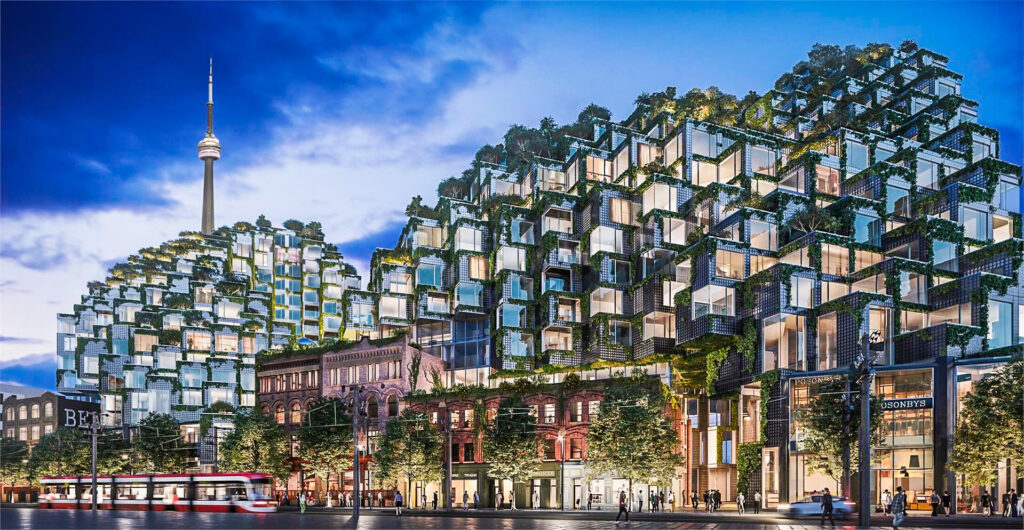The office market is undergoing a significant transformation as decarbonisation efforts accelerate, according to a recent report by Knight Frank. The report highlights that office obsolescence is becoming a more pressing issue as sustainability and environmental concerns reshape the market landscape. With a growing focus on reducing carbon emissions and promoting energy efficiency, older office buildings are facing increasing challenges to remain competitive in today’s market.
As companies strive to meet their sustainability goals and align with global climate targets, the demand for greener office spaces is on the rise. This shift is driving a new era of office design and construction, with a growing emphasis on environmentally friendly features such as green roofs, solar panels, and passive ventilation systems. As a result, older office buildings that lack these modern amenities are at risk of becoming obsolete in the eyes of tenants seeking more sustainable options.
The report also highlights the importance of EPC (Energy Performance Certificate) ratings in determining the value and attractiveness of office buildings. Buildings with higher EPC ratings are perceived as more sustainable and energy-efficient, making them more desirable to tenants and investors alike. This trend is putting pressure on landlords of older buildings to invest in energy-saving upgrades and retrofitting in order to remain competitive in the market.
In addition to environmental concerns, the shift towards remote and flexible working arrangements in the wake of the COVID-19 pandemic is also impacting the office market. Many companies are reevaluating their office space requirements and exploring alternative working models that prioritize flexibility and agility. As a result, the demand for traditional office space is expected to decline, further exacerbating the obsolescence of older buildings that may not be able to adapt to the changing needs of tenants.
Despite these challenges, the report notes that there are opportunities for landlords and investors to revitalize older office buildings and bring them up to modern standards. By investing in sustainable upgrades and amenities, such as efficient heating and cooling systems, LED lighting, and smart building technologies, landlords can enhance the overall value and appeal of their properties. Moreover, repurposing and repositioning older buildings for mixed-use or multi-tenant purposes can help attract a wider range of tenants and maximize occupancy rates.
Looking ahead, the report predicts that the office market will continue to evolve as decarbonisation efforts intensify and tenants seek more sustainable and flexible workspace solutions. Landlords and investors will need to adapt to these changing market dynamics by prioritizing sustainability, energy efficiency, and flexibility in their office properties. By embracing these trends and implementing strategic upgrades and renovations, older office buildings can remain competitive in a rapidly evolving market landscape.
In conclusion, the office market is undergoing a transformative period driven by decarbonisation and sustainability initiatives. As companies prioritize green and energy-efficient office spaces, older buildings are facing obsolescence challenges that can be addressed through strategic investments and upgrades. By embracing the shift towards sustainability and flexibility, landlords and investors can revitalize older office buildings and position them for long-term success in a changing market environment.
